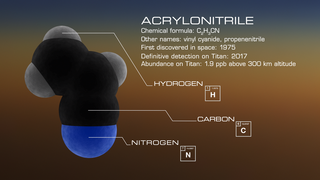Planets and Moons
ID: 12736
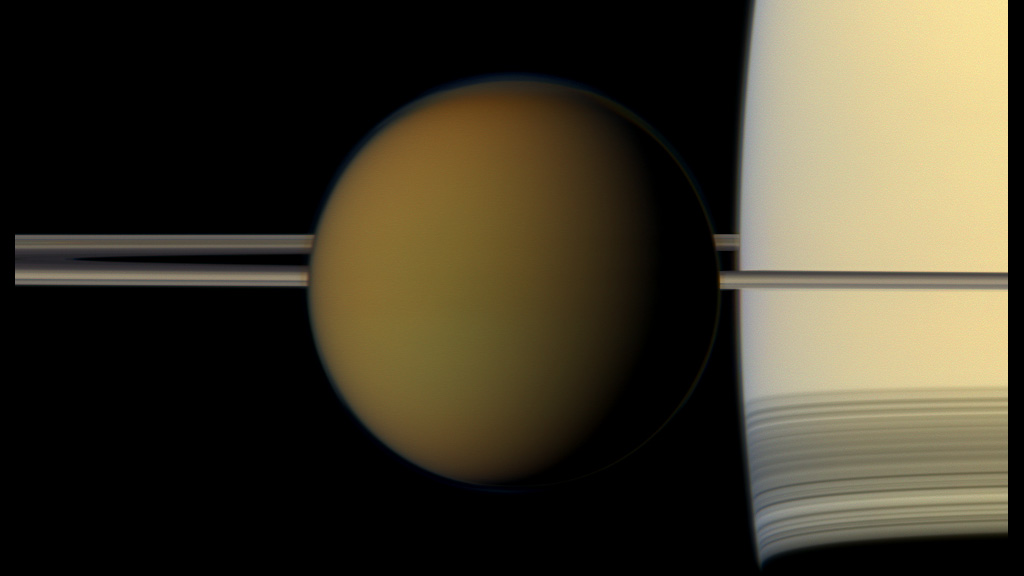
Saturn’s moon, Titan, is hiding a chemical on its surface which has the possibility of creating the basis for life. Acrylonitrile is unique as it is an ingredient that can form structures similar to cell membranes, but it's tough enough to survive Titan's harsh conditions. Using data collected by the Atacama Large Millimeter/submillimeter Array (ALMA) in Chile, NASA researchers identified the fingerprint of acrylonitrile in Titan's upper atmosphere. They believe that it has rained out onto the surface of Saturn as well, collecting in Titan's hydrocarbon lakes. Scientists speculate that in abundance, acrylonitrile can create a stable, spherical membrane that can foster life and protect it against Titan’s freezing surface. The findings expand our understanding of the chemical complexity of the solar system and the potential for life in the universe. Watch the video to learn more.

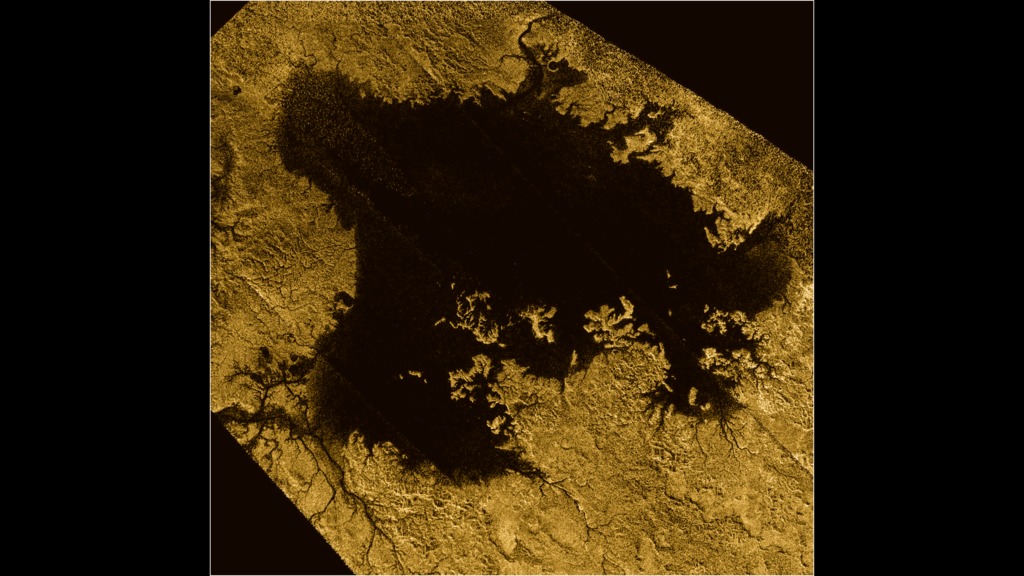
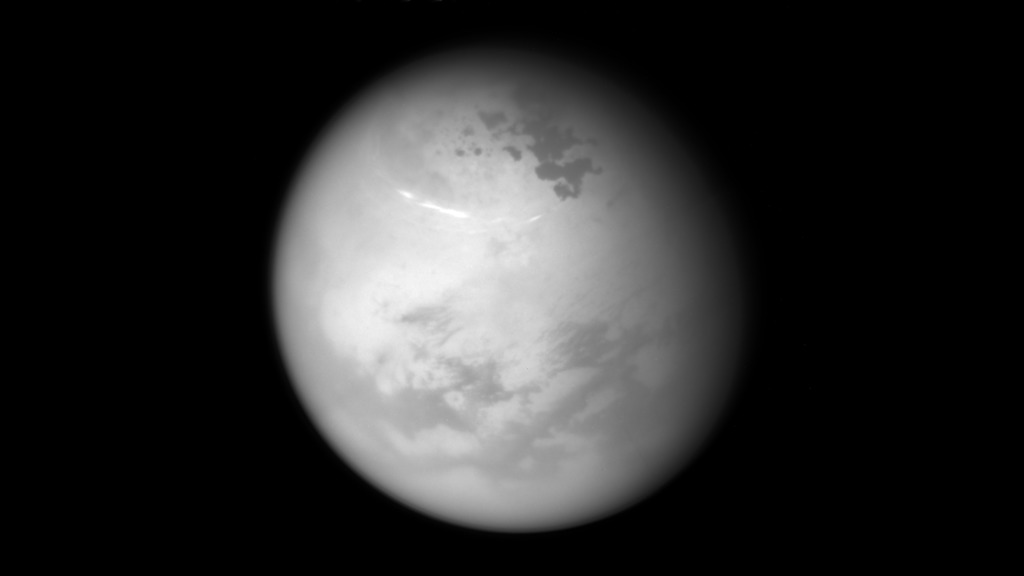
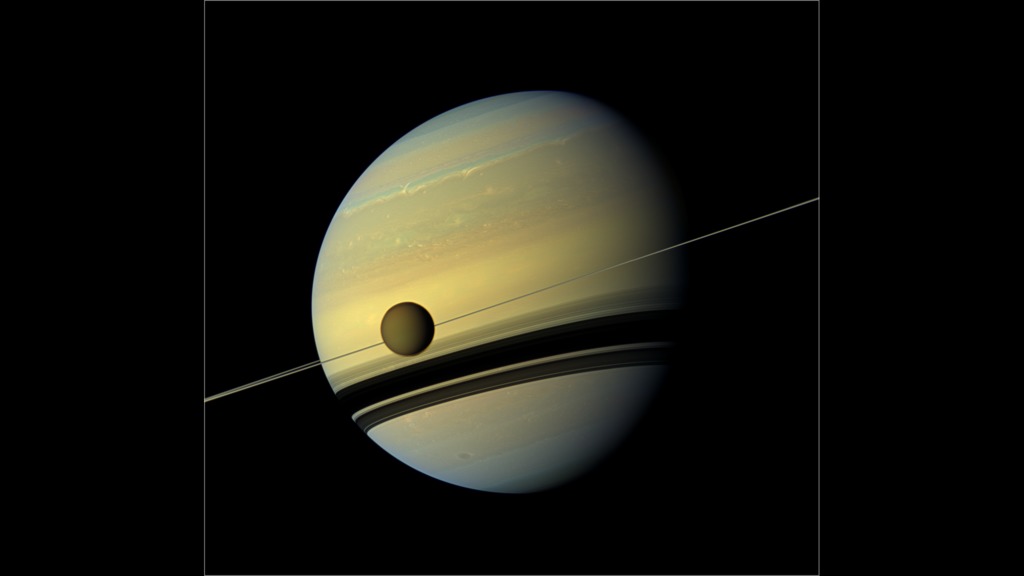
Building Blocks for Surviving Titan





Source Material
For More Information
Story Credits
Lead Visualizers/Animators:
Lisa Poje (USRA)
Michael Lentz (USRA)
Lead Producer:
David Ladd (USRA)
Lead Scientists:
Conor Nixon (NASA/GSFC)
Maureen Palmer (Science Collaborator)
Martin Cordiner (Catholic University of America)
Lead Writer:
Gary Crisostomo (Student, University of Maryland College Park)
Lisa Poje (USRA)
Michael Lentz (USRA)
Lead Producer:
David Ladd (USRA)
Lead Scientists:
Conor Nixon (NASA/GSFC)
Maureen Palmer (Science Collaborator)
Martin Cordiner (Catholic University of America)
Lead Writer:
Gary Crisostomo (Student, University of Maryland College Park)
Please give credit for this item to:
NASA's Scientific Visualization Studio
Titan images courtesy of NASA/JPL-Caltech/Space Science Institute:
Titan Up Front
Vast Ligeia Mare in False Color
Northern Summer on Titan
Colorful Colossuses and Changing Hues
NASA's Scientific Visualization Studio
Titan images courtesy of NASA/JPL-Caltech/Space Science Institute:
Titan Up Front
Vast Ligeia Mare in False Color
Northern Summer on Titan
Colorful Colossuses and Changing Hues
Short URL to share this page:
https://svs.gsfc.nasa.gov/12736
Keywords:
SVS >> HDTV
SVS >> App
NASA Science >> Planets and Moons
https://svs.gsfc.nasa.gov/12736
Keywords:
SVS >> HDTV
SVS >> App
NASA Science >> Planets and Moons
